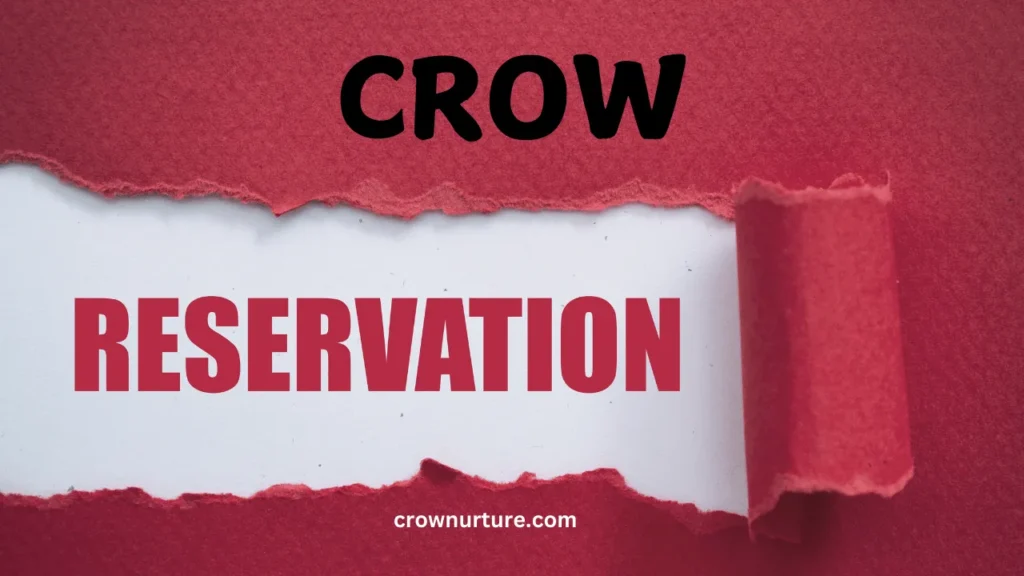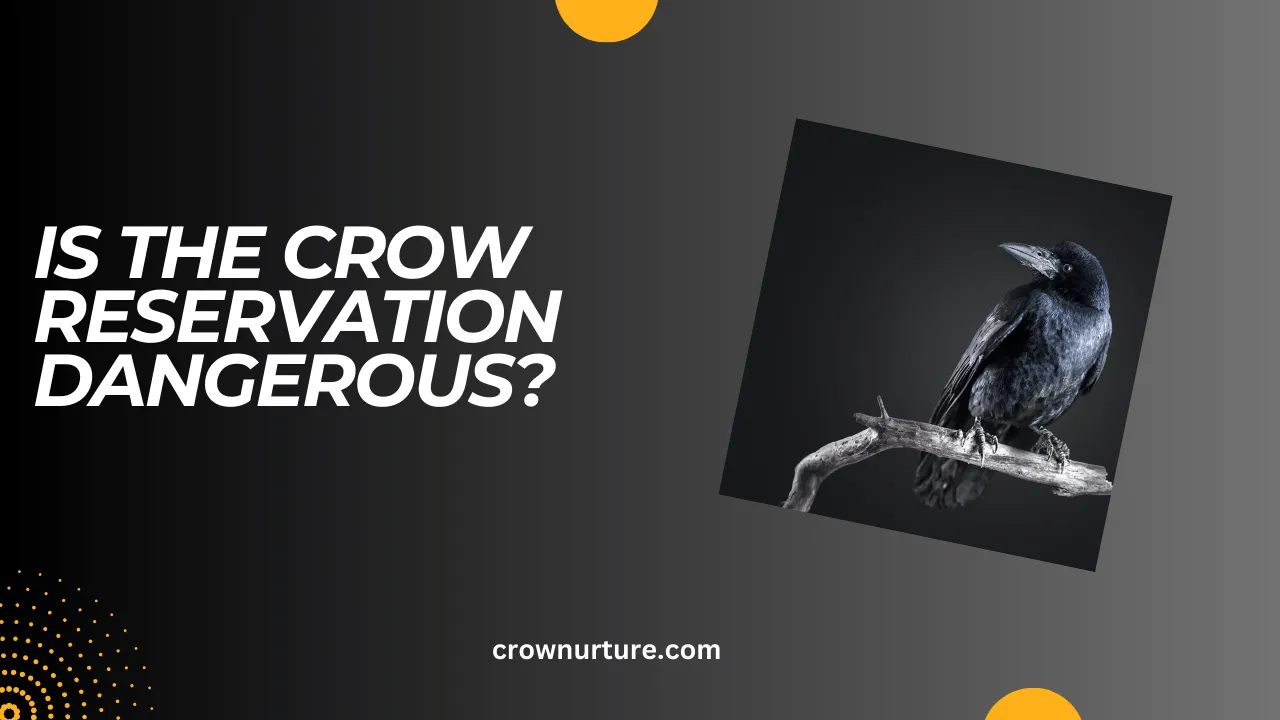The Crow Reservation in southeastern Montana is a place of cultural richness, history, and community resilience. As the homeland of the Crow Nation, it offers visitors and residents alike a deep connection to nature, traditions, and a proud legacy.
However, questions about safety often arise when discussing Native American reservations, partly due to media portrayals and long-standing social and economic challenges. But is the Crow Reservation truly dangerous?
To answer this, we must go beyond surface-level perceptions and understand the complex factors that influence safety. Poverty, unemployment, substance abuse, and underfunded infrastructure all play a role, but these issues do not define the Crow community. Instead, they highlight the ongoing struggles faced by many Indigenous communities in the United States as they work toward self-reliance and stability.
This blog explores the realities of safety on the Crow Reservation. By examining crime rates, socio-economic influences, law enforcement challenges, community solutions, and the perspectives of residents, we aim to provide a comprehensive view. For anyone seeking to visit or better understand the Crow Nation, it’s crucial to approach this topic with empathy, respect, and an open mind.

Contents
- 1 1. Crime Rates and Statistics
- 2 2. Socio-Economic Factors
- 3 3. Law Enforcement Challenges
- 4 4. Community Initiatives and Solutions
- 5 5. Perspectives from Residents
- 6 Conclusion
- 7 FAQs
- 7.1 1. Is the Crow Reservation dangerous for tourists?
- 7.2 2. What are the main causes of crime on the reservation?
- 7.3 3. Are there law enforcement agencies on the Crow Reservation?
- 7.4 4. What programs are in place to improve safety?
- 7.5 5. Can I visit the Crow Reservation safely?
- 7.6 6. Why are reservations often portrayed as dangerous?
1. Crime Rates and Statistics
Understanding crime rates on the Crow Reservation is the first step in evaluating safety. Federal crime reports often indicate elevated rates of violent crimes (such as assaults) and property crimes (like theft). However, these numbers should not be taken at face value without context.
Many reservations, including Crow, struggle with accurate crime reporting due to underfunded law enforcement and jurisdictional challenges that make data collection inconsistent.
When compared to national averages, crime rates on reservations may seem higher, but this reflects systemic issues like poverty, lack of education, and substance abuse rather than random violence or hostility. Visitors who adhere to community guidelines and show respect for the culture typically report positive and safe experiences on the Crow Reservation.
2. Socio-Economic Factors
Socio-economic conditions on the Crow Reservation significantly affect safety. Poverty rates on reservations are often two to three times higher than the national average, and the unemployment rate among Indigenous populations is disproportionately high. These economic challenges can lead to desperation and social instability, which sometimes manifest as crime.
Substance abuse, particularly involving alcohol and methamphetamines, exacerbates the situation. Limited access to healthcare and rehabilitation services makes it difficult to break this cycle.
However, socio-economic struggles are symptoms of historical injustices, such as land dispossession and broken treaties, that continue to affect Native communities today. Long-term solutions require systemic change and greater investment in education, housing, and job creation.

3. Law Enforcement Challenges
Law enforcement plays a critical role in addressing safety concerns, but reservations like Crow face significant challenges. Tribal police departments are often understaffed and underfunded, making it difficult to patrol the vast areas they oversee. Officers must also navigate complex jurisdictional issues involving tribal, state, and federal authorities, which can delay or hinder effective responses to crimes.
For example, certain crimes committed on tribal lands fall under federal jurisdiction, requiring cooperation between the FBI, tribal law enforcement, and sometimes local agencies. These jurisdictional overlaps often lead to delays in justice, leaving some residents feeling unprotected or underserved. Building trust and cooperation between law enforcement and the community is essential to creating a safer environment.
4. Community Initiatives and Solutions
Despite these challenges, the Crow Nation is actively working to improve safety and quality of life. Community-based initiatives play a vital role in addressing the root causes of crime and instability. Programs aimed at youth engagement, such as after-school activities and cultural preservation projects, help reduce juvenile delinquency by fostering a sense of purpose and belonging.
Efforts to combat substance abuse, including treatment centers and support groups, are beginning to show positive outcomes. Economic development initiatives, such as promoting tourism and small business growth, aim to reduce poverty and unemployment. The tribe also collaborates with federal and state agencies to secure funding for infrastructure improvements, including law enforcement resources. These collective efforts highlight the resilience and determination of the Crow community to create a brighter future.
5. Perspectives from Residents
The lived experiences of residents on the Crow Reservation provide the most authentic insights into safety. While some express concerns about substance abuse and theft, they also emphasize the strong community bonds that make the reservation feel like home. Many residents work tirelessly to preserve their traditions, support their neighbors, and build a better environment for future generations.
Hope and resilience are recurring themes in their stories. Despite the challenges, the Crow community continues to organize cultural events, strengthen family ties, and advocate for systemic change. This spirit of unity and determination is a powerful force driving progress and helping to address safety concerns.
Conclusion
The Crow Reservation faces challenges that impact safety, but these issues are deeply rooted in historical and systemic inequalities rather than inherent danger.
Crime rates and socio-economic struggles are real concerns, but they are only part of the story. The Crow Nation is actively working to address these issues through community-led initiatives, economic development, and partnerships with external agencies.
Visitors to the Crow Reservation can expect a rich cultural experience and natural beauty, as long as they approach their visit with respect and understanding. Safety concerns should be viewed in context, recognizing the community’s ongoing efforts to overcome challenges and create a better future.
The Crow Reservation is a testament to the strength, resilience, and hope of its people, and supporting these efforts is a meaningful way to contribute to their progress.
FAQs
1. Is the Crow Reservation dangerous for tourists?
Generally, no. Visitors who respect local customs and avoid troubled areas have positive and safe experiences on the reservation.
2. What are the main causes of crime on the reservation?
The primary causes are poverty, unemployment, and substance abuse, which are common challenges in underserved communities.
3. Are there law enforcement agencies on the Crow Reservation?
Yes, but tribal police often face challenges such as understaffing, lack of funding, and jurisdictional complexities.
4. What programs are in place to improve safety?
The Crow Nation has implemented youth programs, substance abuse treatment, and economic initiatives to address the root causes of crime.
5. Can I visit the Crow Reservation safely?
Yes, the reservation is home to cultural attractions and natural beauty. It’s important to respect local guidelines and seek recommendations from residents.
6. Why are reservations often portrayed as dangerous?
Media coverage often focuses on negative aspects without providing context, leading to misconceptions about reservation life.








